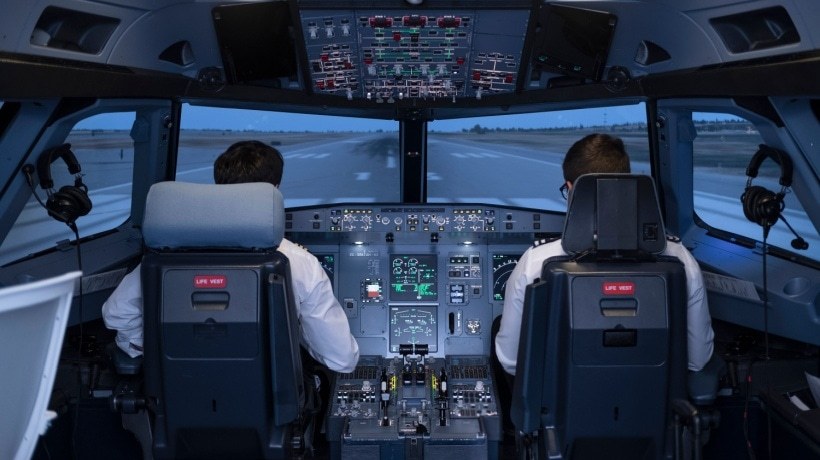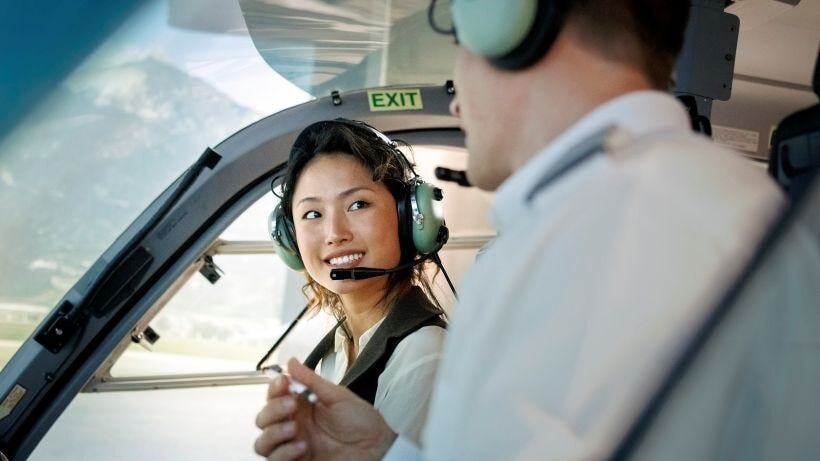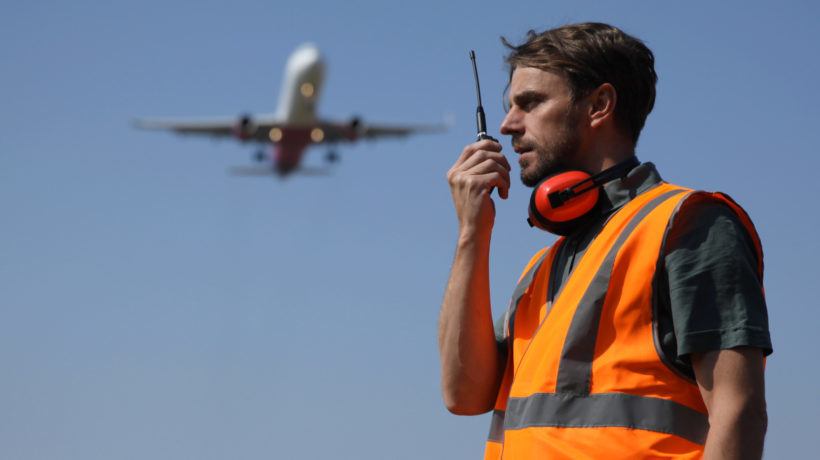The Requirement For Scalable Aviation Training
With airlines maintenance companies and airport authorities facing changing challenges—from regulatory requirements to the increasing complexity of aircraft systems—digital learning is proving to be a strategic differentiator. It makes efficiency more convenient, increases knowledge retention, and keeps aviation professionals adaptable and future-proof. Historically, aviation training has been dominated by face-to-face teaching, flight simulators, and on-the-job training. Although these practices remain essential, they have constraints: high expense, logistical challenges, and limited scalability. In the modern environment of high post-pandemic travel demand, growing fleets, and rising workforce turnover, aviation stakeholders need quicker, smarter, and more scalable means to train.
Enter digital learning—an environment encompassing eLearning modules, virtual simulations, mobile learning apps, and Artificial Intelligence (AI)-based adaptive training. These technologies are transforming the way aviation personnel, from pilots and cabin crew to maintenance engineers and ground handlers, acquire the skills they require.
Major Advantages Of Aviation Digital Learning
1. Standardization Regardless Of Location
Global airlines and MRO companies with international operations struggle to provide uniform learning experiences. With digital learning, companies can standardize content and provide New York or New Delhi staff with the identical, high-quality training that meets regulatory guidelines such as ICAO (International Civil Aviation Organization), EASA (European Union Aviation Safety Agency), or FAA (Federal Aviation Administration).
2. Just-In-Time Training And Microlearning
Aviation protocols typically require quick decision-making and situational awareness. Microlearning in brief, focused modules gives staff important information when they are ready to learn it. It might be a five-minute refresher course on emergency procedures or an aircraft inspection checklist, and digital channels can deliver these bite-sized lessons on smartphones.
3. Simulation-Based Learning For Mastery Of Skills
Virtual Reality (VR) and simulation are a strong selling point in aviation education. Virtual Reality mimics real-world situations like emergency landing, equipment failure, or air traffic control dialogue. VR training can lower training expenditures greatly while improving high-stakes decision-making and muscle memory.
4. Personalized Feedback And Real-Time Assessment
Learning Management Systems (LMSs) and Artificial Intelligence analytics enable easy monitoring of learner progress, diagnostic assessment of gaps, and content tailoring. For example, a mechanical engineer who is having trouble with one specific model engine can be provided with targeted interventions in the form of training to enhance competence as well as confidence.
5. Sustained Learning In An Ever-Changing Industry
With continuous improvements in aviation technology, rules, and processes for safety, learning could not remain an episodic process. Digital platforms facilitate continuous learning by making it easy to update training content and deploy it in real time across the entire workforce.
Case Study: Pilot And Technician Training With eLearning
A few international airlines have already gone down the path of digital learning and seen concrete outcomes. A large carrier incorporated Augmented Reality (AR)/VR simulations into its maintenance training courses and saw a 25% saving in training time and a 30% rise in first-time pass rates on certification tests. Another airline introduced an AI-powered flight scenario simulation that adjusts to the level of a pilot, reducing repeat simulator use while keeping competence intact.
Overcoming Implementation Challenges
In spite of the obvious advantages, implementing digital learning in aviation is not without some challenges. Some of the primary hurdles are:
Resistance To Change
Aviation has a rich culture of hands-on, Instructor-Led Training. Obtaining acceptance by experienced trainers and regulatory agencies calls for definitive proof of effectiveness.
Access To Technology And Integration
Having learners access needed devices, bandwidth, and a simple platform is essential for accomplishment.
Content Relevance And Accuracy
Due to the high-stakes environment of aviation, content should be accurate, kept up-to-date, and to compliance standards.
Organizations that can manage to cross this barrier often begin with blended learning strategies (i.e., synchronous classroom-based learning coupled with online modules) prior to moving completely over to digital environments.
The Future: AI, AR, And Beyond
Looking to the future, the use of Artificial Intelligence, Augmented Reality, and predictive analytics will take aviation training to new heights. AI is able to review flight data and suggest individualized learning pathways. AR glasses can direct technicians through step-by-step maintenance. Predictive analytics can detect skills gaps prior to affecting operations.
Conclusion
As the aviation sector looks toward a future of autonomous systems, environmentally friendly aviation, and intelligent airports, digital learning will be at the center of the readiness of the workforce. It not only improves knowledge retention and efficiency in operations but also encourages a culture of ongoing improvement and safety. By adopting eLearning now, aviation industry leaders can equip their workforce for the skies of tomorrow.









